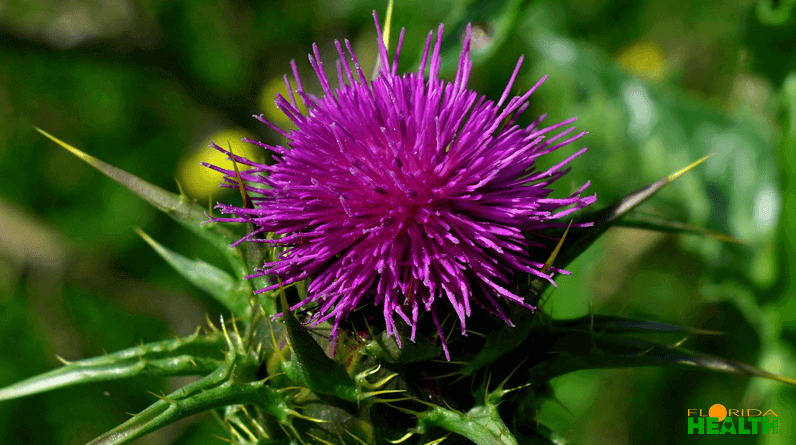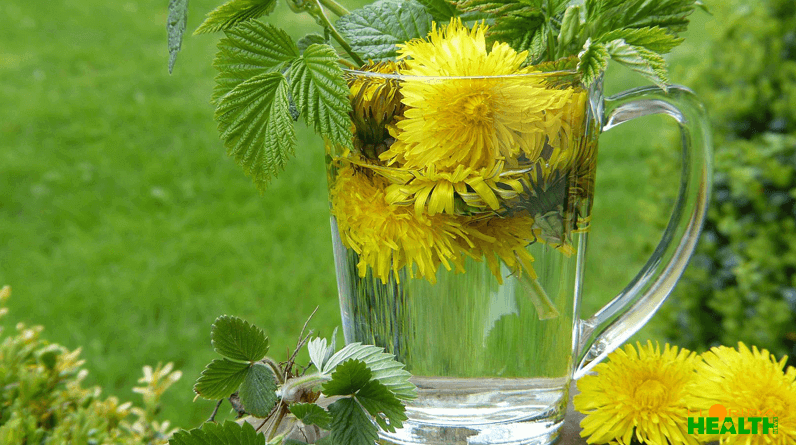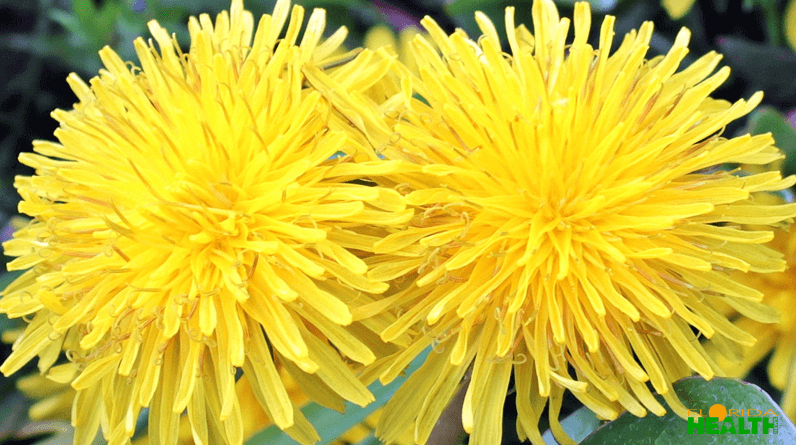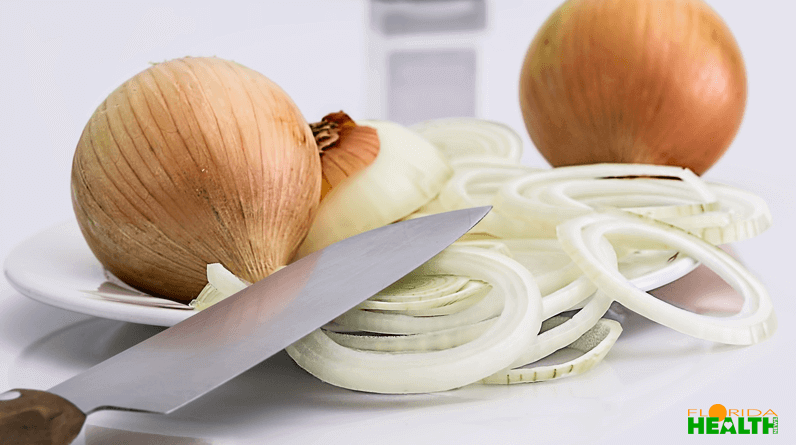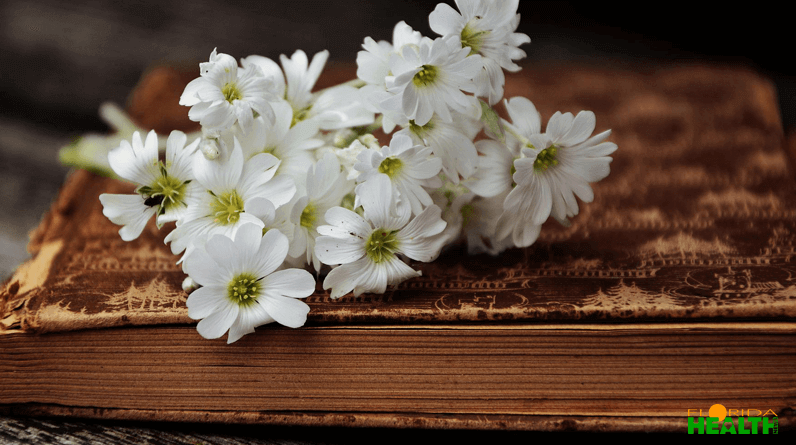
Herbal Medicine (Phytotherapy) – The History
This article is about the historical medicinal use of plant-based substances and herbs as opposed to the culinary use of herbs and spices.
Medicine men or priests had the task of establishing the correct rituals and ingredients. Thus arose the first form of medicine.
Herbal medicine has been the main method of treatment for sick people for thousands of years. Almost all cultures are familiar with a form of treatment using plants. About 4800 years ago the Chinese emperor Shen Noeng compiled a pharmacopeia (an official manual laying down rules for the analysis of medicinal products) with 365 herbal remedies. Even the Sumerians, who lived between Euphrates and Tigris around 2300 BC, made medicines from thyme, willows, and date plants.
Ancient History
Egyptians, Greeks, Romans, Incas, Cheyennes, and Aztecs – Ancient History
In the library of the Assyrian king Ashurbanipal there was a clay tablet on which 250 herbal medicines were listed. The ancient Egyptian temples were herbal centers, where medicines were prepared from herbs while singing songs and reciting holy spells.
The famous priest-physician Imhotep prescribed pomegranate roots for intestinal disorders and the juice of poppy seeds for crying babies (opium effect). In India, in Ayurveda medicine, more than 700 medicinal plants were known far before our era.
The Greeks were also familiar with the beneficial effects of herbs. Dioscorides (± 50 AD), who served as a military physician under Nero, wrote De Materia Medica Libri Quinque, which became the basis for the knowledge of herbs for many centuries.
One hundred years later, Galenus (131-200 A.D.), the well-known physician who had his first practice in Rome and was Marcus Aurelius’ physician, wrote a book on medicines in which he described 540 herbal remedies, 180 animal remedies, and 100 remedies that were not of biological origin. Also, the Incas, Cheyennes, and Aztecs (Badianus manuscript) were familiar with herbal remedies.
Monasteries Kept Herbal Medicine Alive Throughout The Middle Ages
In the Middle Ages, herbal medicine flourished in monasteries. The Abbess Hildegard of Bingen (1098-1179) wrote a work that was often quoted later on: Physica sive subtilitatum diversum naturatum creaturatum, which is largely based on the works of Galenus.
Albertus Magnus (1193-1280) also made extensive contributions to herbal medicine. Paracelsus (1493-1541) also practiced herbal medicine. He tried to analyze the herbs and give the active parts, isolated from the rest of the plant to the patient.
Famous contemporaries of Paracelsus who published books in the field of herbal medicine are Braunfels (Contrafayt Kreuterbuch, 1530), Bock (Neu Kreuterbuch, 1534), the Leiden professor Rembert Dodoens (1517-1586), who published his famous Cruydt book in 1554, and Nicholas Culpepper, who published Complete Herbal in 1653.
Reformation
After the Reformation, the herb gardens at the monasteries disappeared and the cultivation of herbs was taken over by pharmacists. In 1816 Sertürner succeeded in secreting and purifying the first alkaloid (morphine from opium).
In 1820 Pelletier and Caventou prepared quinine from the quinabark and Posselt and Reimann isolated nicotine from tobacco in 1828. Chemical and synthetic products took the place of medicinal herbs.
Herbs lost more and more ground in favor of the resources that could be produced in the factory. The advantages of synthetic products were clear. The substances could be produced in pure form so that the dosage could be given as desired. Herbs are often more difficult to store than chemicals and may not be available all year round. Moreover, the production of synthetic agents is not dependent on the harvest and an increase in demand can often easily be absorbed by the industry.
Modern Day Herbalism
In modern times, natural healing has become a modern herbal therapy. The substances of all plants are determined. Through research, they have found out what these substances are good for. Because the contents of plants can also be toxic, it is safer to talk to experts first.
Herbal medicine continued to exist, albeit on a more modest scale in the West. In Eastern and Asian countries it is still flourishing. Over time it also became clear that the action of the plant was not completely replaceable by a substance that chemically corresponds to the active ingredient of the plant.
The French physician Henri Leclerc (1870-1955) started subjecting herbal medicine to scientific criteria. He called this form of medicine phytotherapy. Over the last 70 years, the volume of scientific literature in this field, particularly in France and Germany, has increased sharply. In these countries, as well as in a large number of Eastern European countries, phytotherapy forms an important part of regular medicine.
The Importance of Herbal Medicine
Holistic Vision – The Whole Picture
Phytotherapy (herbal medicine) and aromatherapy (alternative medicine based on the essential oil, flowers, or plants …) have many advantages in which they stand out because of their safe and efficient functioning. Thus, for many ailments, you have a plant with medicinal properties. Sage and thyme are a real natural antibiotic, hyssop help for asthma, and calendula (marigold) is a miracle oil that has healing properties for the skin.
Self-healing Capacity
Herbal medicine supports and assists in the healing process. Herbs are used as a remedy and help to combat certain symptoms and initiate a process of change. The self-healing power of the body is stimulated and supported by herbal medicine. It is important to find out the underlying cause of a disorder or disease.
So herbs can be used to focus on complaints, but the effect of herbs will influence the whole human being, both physically and mentally, and energetically. The signature theory and typology give more clarity about this.
Natural medicine is often based on a holistic vision. This means that not only the symptoms are looked at, but the person as a whole, the total picture. The client’s eating and lifestyle, as well as social and working conditions, are also included in the treatment plan. By looking at the whole and taking all circumstances into account, it is much easier to get a more complete picture, find the origin of the complaint(s), and prevent certain complaints from recurring and becoming chronic.
Versatile Effects
Herbal medicine has a multifaceted effect: it works on the physical as well as the psychological/emotional level. Herbs have a cleansing, stimulating, but also calming effect that can increase resistance and have a complementary effect on the body due to their vitamins and minerals. They thus have a restorative and constructive function. Because of their healing effect they can improve the harmony between body, mind, and soul and thus ensure better balance.
Contemporary medications are also derived from plants, but only one or a few active substances from the plant are isolated and used, not the plant as a whole. Precisely the use of the whole plant is considered important in herbal medicine because all active substances have a function in the medicinal effect and complement each other. They have a mutual controlling and regulating function.
In the application of herbal medicine, it is important to have knowledge about the functioning of herbs, the course of disease processes, and the (mental) backgrounds of disorders. It is also important to know what the possible interaction is with medicines that are sometimes already used. Side effects are usually eliminated by the other substances in the plant. In this way, the harmony of the plant is maintained and the effect is optimal. Because of this, there is a deep, healing effect on the total human being.
Listening To The Body’s Signals
Natural medicine listens to the signals of the body. Subsequently, by means of herbal remedies and an adjustment of an eating and living pattern and social circumstances, something is done to the condition or disease. For a good diagnosis, it is wise to go to a doctor or specialist, but for the treatment, one can choose to work with the natural remedies or the resources of regular medicine, or a combination of both. Herbal remedies can also support the treatment by regular physicians and can thus be a valuable addition.
However, it is important to discuss this with the doctor and the herbalist, so that the drugs do not counteract each other but instead of supporting each other.
Expert Supervision
Not everything that’s natural is harmless. “No harm no foul” certainly doesn’t apply in herbal medicine. Wrong and excessive use of herbs can certainly lead to damage. The (medical) use of herbs should always be done under the guidance of an herbalist and it is not wise to do it yourself. When applied correctly, herbal medicine is suitable for everyone.
Further Reading and Research:
https://nl.wikipedia.org/wiki/Farmacopee
https://www.agczkompas.nl/geschiedenis-van-kruidengeneeskunde.html
https://www.ccict.nl/20/html/geschiedenis-kruiden.html

Carl Riedel is an esteemed online researcher and writer, specializing in the intersection of technology and wellness. As a member of the International Association of Therapists, Carl brings a unique perspective to his work, skillfully integrating insights from therapy and digital trends. His articles help readers navigate the complexities of the digital age with an emphasis on promoting mental and emotional well-being.



